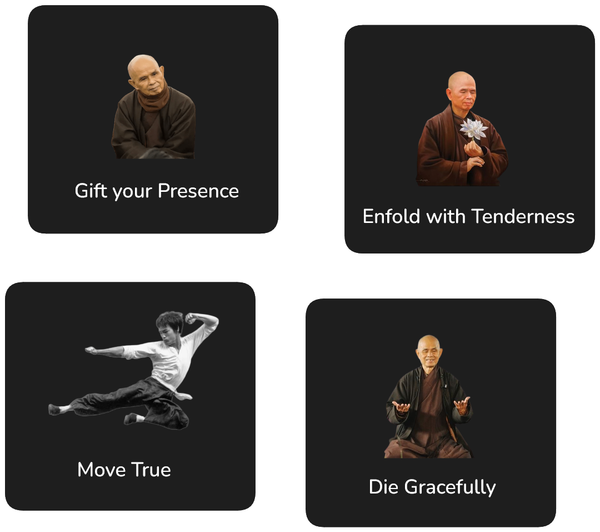Practice: Mental Imagery

We should never underestimate the power of our mind to direct and shape itself. We can do so through physical adjustments, such as bringing ourselves into a comfortable position or by controlling our breath. However, we can also affect our mind solely in the world of thoughts. One simple practice, which is both known to Buddhist practitioners as well as to modern psychologist, is to visualise a peaceful picture in our minds. This practice has been shown to reduce stress, pain and generally help us to be more balanced and strong. The simple steps are the following:
- Find a mental image that calms you, such as a peaceful mountain landscape, a lush green forest, a well-tended park, or a calm, windless ocean.
- Concentrate on this image, and alternate between focusing on some detail of the mental image, such as a cloud in the sky or a songbird, and a central theme of it, such as the calmness of the ocean or the magnificence of a mountainscape.
The key to successful application of this practice is to find a mental image that works well for you. There is no limit as to what you can imagine; there must be something that specifically speaks to you and works for you. I think I have read about this practice at some earlier time but most recently I came across it in the book Happiness by Matthieu Ricard.
For other helpful practices and meditations, please see the Practices page.
Image credit: 3093594





